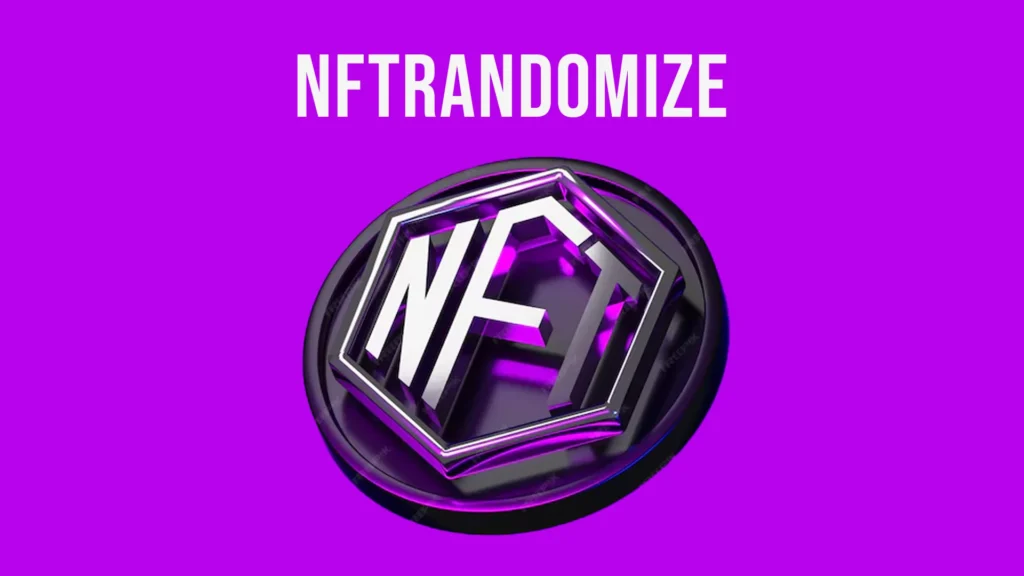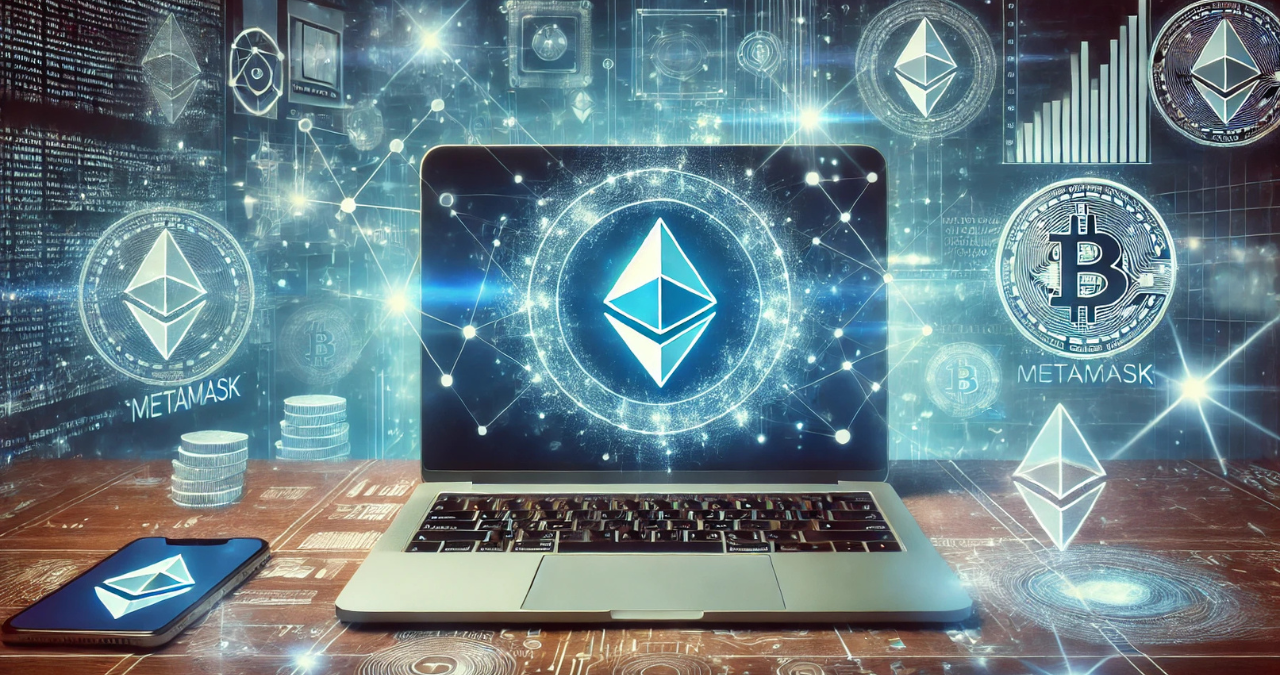Introduction
Non-fungible tokens (Nftrandomize) have taken the digital world by storm, offering a unique way to own digital assets, from artwork to music. A critical element within this burgeoning market is NFT randomization. This technique enhances fairness during Nftrandomize drops and adds a layer of excitement and unpredictability for collectors. This article aims to demystify the concept of NFT randomization, exploring how it works, its benefits, challenges, and best practices. By the end, you’ll understand why randomization is becoming a cornerstone of successful Nftrandomize projects.
Understanding Nftrandomize Randomization
What is Nftrandomize?
At its core, NFT randomization is a method for distributing unique digital assets in an unpredictable manner. Unlike traditional methods, where assets might be issued in sequential or predictable order, randomization uses algorithms to ensure that every participant has an equal chance of receiving any given NFT, including those considered rare or highly sought after. This randomness is crucial for maintaining the integrity and fairness of the distribution process, making the acquisition of NFTs exciting and equitable.
The Role of Nftrandomize Projects
Randomization serves two main purposes in Nftrandomize projects: it ensures fairness in distributing NFTs and keeps the community engaged. It mitigates the risk of bias and favouritism for project creators, fostering a transparent community atmosphere where all participants feel they have a fair shot at receiving valuable Nftrandomize. For collectors, the thrill of the unknown—akin to a digital lottery—keeps engagement high and can lead to a more vibrant secondary market. Projects that successfully implement randomization often see more participant satisfaction and trust.
How NFT Randomization Works
Technical Mechanisms Behind Randomization
The technical side of Nftrandomize randomization relies heavily on blockchain technology and smart contracts. Smart contracts are self-executing contracts with the terms of the agreement directly written into lines of code. They can be programmed to generate random outcomes when minting Nftrandomize, using various algorithms designed to be tamper-proof and transparent. These algorithms can include simple random number generators or more complex systems that use blockchain data like block hashes to produce randomness. This ensures that the process is fair and verifiable by all parties involved.
Case Studies: Successful Nftrandomize Examples
Several high-profile NFT projects have effectively utilized randomization to great success. For instance, the CryptoPunks project randomly assigned unique characteristics to 10,000 algorithmically generated characters. This ensured a fair distribution and created immense secondary market interest as collectors sought rarer traits. Another example is the Bored Ape Yacht Club, where the random allocation of traits like background colour, clothing, and accessories contributed to each NFT’s uniqueness, driving community engagement and value.
Benefits of Implementing NFT Randomization

For Creators
Creators benefit immensely from implementing Nftrandomize randomization. By ensuring a fair distribution of the rarest items, creators can avoid the pitfalls of market manipulation and favouritism, which might otherwise alienate potential buyers and harm the project’s reputation. Additionally, the transparent nature of blockchain-based randomization helps build a strong, trusting relationship with the community, which is essential for the long-term success of any Nftrandomize project.
For Collectors
Collectors often favour randomized NFT projects because they provide an equal playing field for acquiring rare assets. This fairness increases the allure and potential value of owning unique digital items, enhancing the overall collecting experience. Moreover, the unpredictable nature of randomization makes participating in NFT drops more exciting, which can lead to increased engagement and a vibrant, active community.
Challenges and Considerations
Technical Challenges
Implementing a truly random distribution system on the blockchain is challenging. Ensuring genuine randomness requires sophisticated algorithms that can withstand manipulation attempts. Furthermore, the decentralized nature of blockchains can lead to scalability issues, particularly with high gas fees during periods of congestion, which can affect the cost-effectiveness of deploying randomization in smart contracts.
Ethical and Legal Considerations
Any technology that handles value distribution must address ethical and legal considerations. NFT randomization must be designed to prevent manipulation, which requires constant vigilance and updates to the underlying algorithms. Legally, the randomness in NFT distribution may also raise questions about gambling, especially in jurisdictions where unregulated gambling is illegal, necessitating careful legal scrutiny.
Conclusion
NFT randomization is more than just a technical feature; it is crucial to determining an NFT project’s fairness, excitement, and success. While its implementation has challenges, the benefits for both creators and collectors are significant. Randomization promotes a fair, engaging, and trustworthy digital asset environment. As the NFT space evolves, randomization will likely play an increasingly important role in shaping its future.
FAQs
Q: What exactly is NFT randomization?
A: NFT randomization refers to the process of distributing digital assets in an unpredictable and equitable manner, using algorithms to ensure every participant has an equal chance of receiving any particular asset.
Q: How does NFT randomization work technically?
A: It involves using smart contracts on the blockchain that execute code to generate random outcomes for NFT distribution. This can be achieved through various algorithms, including those that use blockchain data to enhance randomness and fairness.
Q: What are the main benefits of NFT randomization for creators and collectors?
A: It promotes fairness and transparency for creators, building trust within the community. For collectors, it ensures equal opportunity to acquire rare items and adds an element of excitement to the collecting process.
Q: Are there any risks associated with NFT randomization?
A: The main risks involved are technical challenges like ensuring true randomness and scalability and ethical and legal issues regarding manipulation and gambling laws.
Q: How can I verify the fairness of an NFT randomization process?
A: To ensure transparency and fairness, participants should look for projects that openly share their randomization algorithms and provide clear, verifiable outcomes of the NFT distribution process.
You May Also Read: https://timebusinesswork.com/guardian-bikes/


